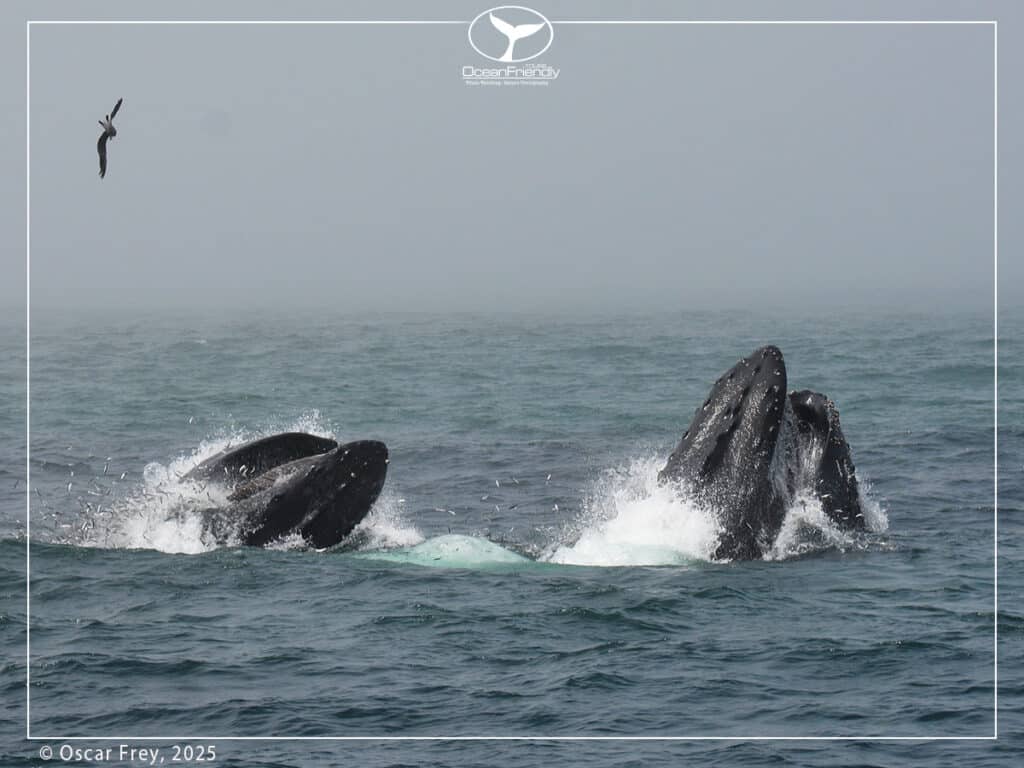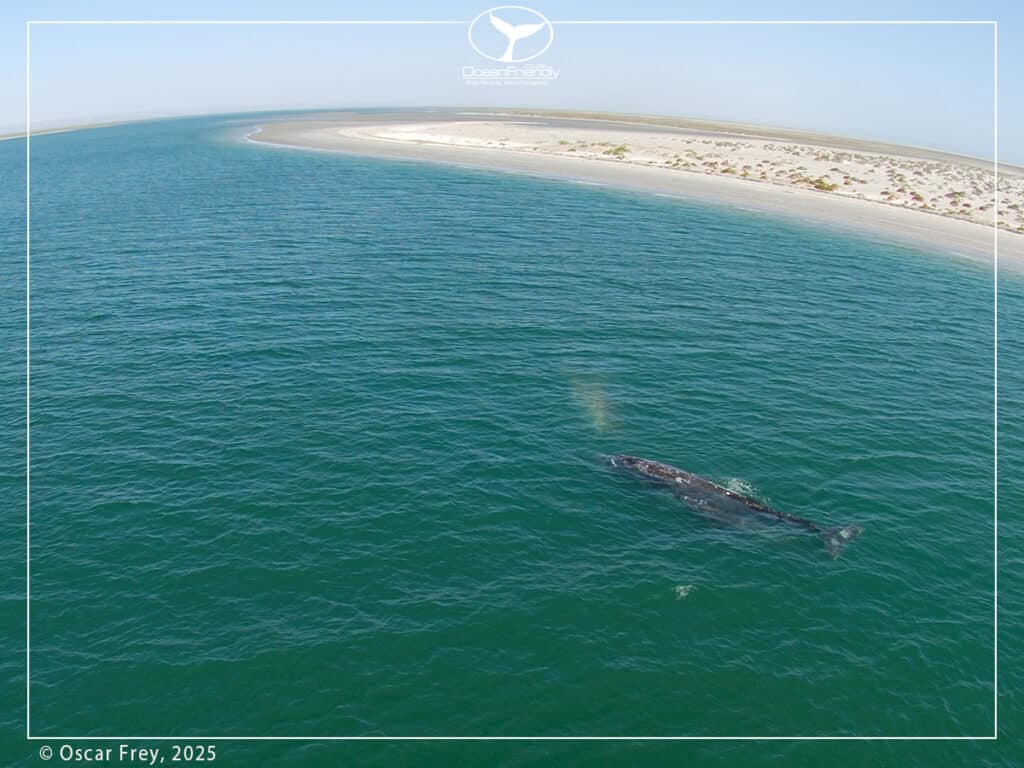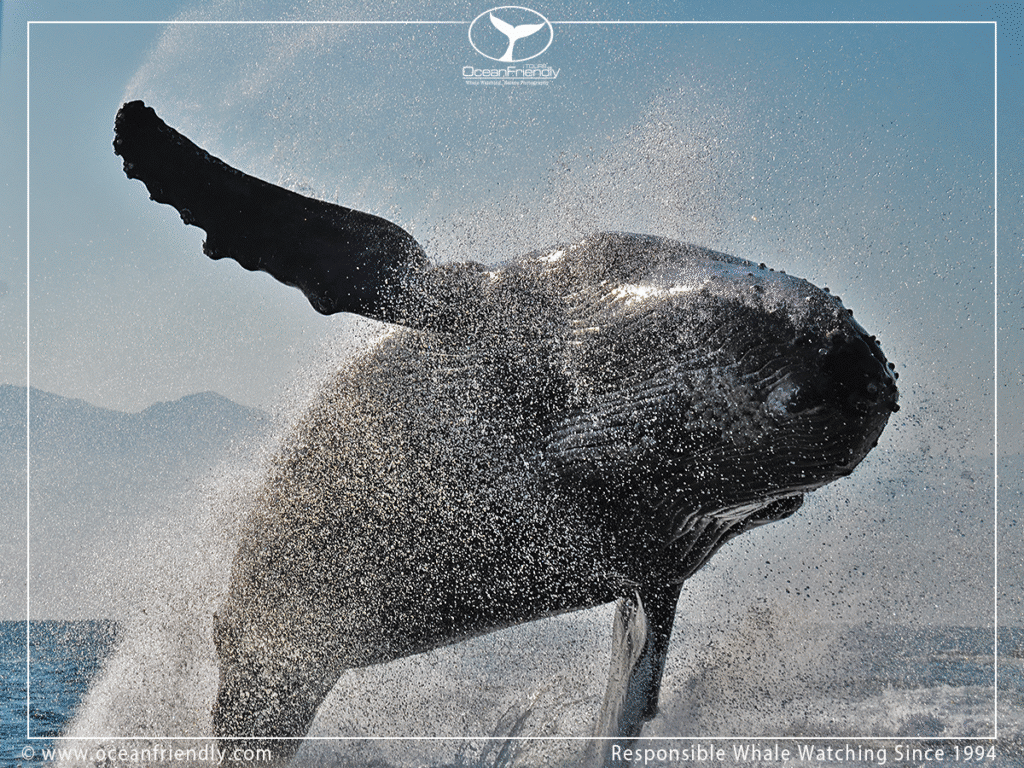Whales, the majestic giants of our oceans, have inspired wonder, mythology, and marine research for centuries. These colossal marine mammals travel thousands of miles across the world’s oceans, playing an essential role in the health of marine ecosystems. Today, they face a growing threat that looms across every ocean basin: climate change. The connection between climate change and whales is profound and multifaceted. From shifting food supplies to acidifying seas and disappearing ice sheets, the planet’s changing climate is quietly altering the world of whales. This blog dives into the powerful yet often under-discussed relationship between climate change and whales, and why their survival matters for all of us.
The Role of Whales in Marine Ecosystems
Whales are more than awe-inspiring creatures, they are engineers of ocean health. Their main role within the big picture of the planet is to fertilize the oceans. Their migration patterns circulate nutrients across hemispheres, supporting ecosystems from the poles to the tropics. Whale feces are rich in iron and nitrogen, acting as natural fertilizers that stimulate the growth of phytoplankton, which is the base of the food chain in the oceans, regulates carbon, and supports biodiversity.
Furthermore, the vertical movement of whales through the column of water while engaged in different activities such as diving deep to feed and resurfacing to breathe, helps mix ocean layers, redistributing nutrients and supporting productivity in nutrient-poor zones. Whales are keystone species: without them, the balance of marine life cannot unravel. Unfortunately, that balance is increasingly disturbed by climate change.
How Climate Change is Transforming Ocean Habitats
Oceans have absorbed over 90% of the excess heat trapped by greenhouse gases. This warming is altering salinity, temperature gradients, and currents, all factors whales rely on to navigate and survive.
For instance, as water temperatures rise, traditional breeding and feeding grounds shift poleward. Coral reefs are bleaching, krill populations (a major food source for baleen whales) are declining, and once-rich hunting areas are becoming marine deserts. These changes are occurring faster than whales can adapt.
In addition, the melting of polar ice is disrupting Arctic and Antarctic ecosystems. Whales that depend on these environments, such as narwhals, belugas, and bowhead whales, are facing habitat loss alongside increasing competition with human activity, like shipping and oil exploration.
How Does Climate Change Affect Whale Migration
Climate change affects whale migration by disrupting the environmental cues that whales rely on to time their long-distance journeys, leading to mistimed arrivals, shifting routes, higher energy demand and reduced access to food.
Whales migrate thousands of miles each year between feeding and breeding grounds, usually in sync with ocean temperatures, prey availability, and seasonal cycles. Climate change is disrupting this delicate timing in several ways:
1. Changing water temperatures
Rising sea temperatures shift where prey like krill and small fish are found. Whales that once fed in certain regions now have to travel farther or adjust their routes, often with mixed success. For example, humpback whales have been spotted feeding in unexpected areas or lingering longer in breeding zones.
2. Mismatched timing
Many whale species migrate based on environmental cues like temperature, daylight, or prey blooms. As climate change alters these signals, whales may arrive too early or too late to optimal feeding zones, missing peak food abundance. This can impact their energy reserves, reproduction and calf survival.
3. Habitat loss at the poles
For Arctic-dependent whales (like bowhead and narwhals), melting ice reduces habitat and forces migration through narrower, riskier areas. At the same time, increased shipping through thawed routes creates more noise and collision risks.
4. Increased stress and energy demands
Longer or altered migrations can require more energy and expose whales to unfamiliar threats, like warmer waters, noise pollution, or different predators. This adds physical strain and can weaken already vulnerable populations.
5. Deglaciation
The deglaciation period we witness started between 17,000 and 8,000 years ago, and during this time the global temperature has been rising gradually. This causes a progressive distancing between the whales´ feeding and breeding areas causing changes in their migration patterns. Whales adapted to this process in the past but human activities have accelerated the rate at which the climate changes. The concentration of Greenhouse Gases derived from industrial activities is the main cause of the accelerated climate change. And the whales may not be able to adapt so quickly to the consequent environmental changes.
Food Supply Disruptions: Krill, Plankton & the Warming Sea
Krill and other plankton are foundational to the ocean food chain, especially for baleen whales, which filter-feed on these tiny creatures. However, climate change is shrinking their populations. Warmer waters and acidification reduce plankton reproduction and change the distribution of krill and other zooplankton whales rely on for their survival.
In the Southern Ocean, where blue and fin whales gather to feast on swarms of Antarctic krill, the situation is particularly alarming. Studies show krill populations could decline by up to 40% by the end of the century if current warming trends continue.
This is not just a problem for whales, the loss of krill threatens seabirds, seals, and fish as well. And fewer whales with sufficient fat reserves means fewer calves, slower population growth, and a greater risk of extinction for already endangered species.
Acidification, Noise Pollution, and Whale Communication
Oceans don’t just absorb heat, they also absorb CO₂. When carbon dioxide dissolves in seawater, it forms carbonic acid, lowering the ocean’s pH. This acidification affects whales indirectly by altering their food chain and directly by affecting the sensory systems they rely on.
At the same time, climate change has enabled expanded industrial activity in once-inaccessible regions, such as the Arctic. Increased shipping, drilling, and sonar use leads to more underwater noise. Whales, who rely on echolocation and acoustics for navigation, mating, feeding and communication, are now struggling to “hear” each other through the cluttered sonic oceans.
Chronic noise pollution is linked to whale´s higher stress levels, disrupted migration, and even fatal strandings. It’s a growing threat that parallels the rise in global temperatures, both driven by unchecked industrial expansion.
San Ignacio Lagoon, the Gray Whale Sanctuary in Baja California, Mexico provides sheltered waters suitable to breed and with minimum noise pollution.
Case Study: Melting Ice and the Bowhead Whale
The bowhead whale is uniquely adapted to life in the icy Arctic. With thick blubber and the ability to break through sea ice, it has thrived in frigid waters for millennia. However, the Arctic is now warming nearly four times faster than the global average, and the sea ice it depends on is vanishing.
As ice melts, shipping routes open, increasing human presence and potential collisions. Bowhead whales must compete with vessels for space and navigate louder, more dangerous waters. At the same time, their primary food sources are changing; ice algae and Arctic zooplankton are in decline.
Though bowhead populations have rebounded in recent years due to conservation efforts, their future remains uncertain in a warming Arctic. This case underscores the fragility of even the most well-adapted species in the face of rapid environmental change.
How Do Whales Help Climate Change?
Whales help climate change by boosting the ocean’s ability to absorb carbon, supporting phytoplankton growth, and storing carbon in their bodies. This effects whales have on the environment make them unexpected climate allies.
Whales play a vital role in the fight against climate change in several key ways:
1. They fertilize the ocean´s surface promoting phytoplankton blooms.
Whale feces are rich in nutrients like nitrogen and iron, especially in surface waters where phytoplankton live. Phytoplankton absorb massive amounts of carbon dioxide responsible for pulling billions of tons of CO₂ out of the atmosphere every year. They also generate about half of Earth’s oxygen, making whales essential contributors to air and climate health.
2. They help circulate nutrients via the “whale pump.”
As whales dive deep to feed and resurface to breathe, they stir and circulate nutrients through different ocean layers. This vertical movement enhances ocean productivity, making the marine ecosystem more robust and better equipped to fight climate change.
3. They become deep-sea carbon sinks.
When a whale dies and its body sinks to the ocean floor (a process known as whale fall), it carries a large amount of carbon with it, up to 33 tons per whale, locking it away from the atmosphere for centuries.
4. They support marine ecosystems.
Healthy whale populations sustain biodiversity and balance predator-prey relationships. A resilient ocean ecosystem is better able to adapt to changing climate conditions and maintain its natural carbon cycling processes.
Protecting whales is not just an ethical or ecological issue; it’s a climate strategy.
What We Can Do: Conservation & Policy Action
- To help whales, we must address both climate change and ocean conservation together. Key actions include:
- Reducing greenhouse gas emissions at every level.
- Expanding marine protected areas to limit industrial activity.
- Enforcing speed limits for vessels in whale zones and following responsible whale watching guidelines and regulations.
- Funding whale population monitoring and research.
- Supporting sustainable fisheries that don’t harm krill and other plankton.
- Adopting strategies for waste reduction, recycling and responsible management of solid waste.
Every voice and vote can help protect whale species and the oceans.
The Future of Whales in a Warming World
Whales have roamed Earth’s oceans for millions of years, surviving ice ages, predators, and shifting continents. But climate change poses an unprecedented human-driven challenge that threatens their future and ours. These marine mammals, so vital to ocean health and climate balance are early warning beacons of a planet in distress.
Protecting whale species means protecting entire ecosystems and supporting the fight against climate change. As individuals, we can support conservation groups, reduce our carbon footprint, and demand bold policy changes.
Let’s ensure that future generations don’t just learn about whales in history books, but hear their songs echoing across healthy, thriving oceans!
Download ECHOENIA and listen the recent compilation of Humpback Whales Songs and Underwater Soundscapes of Banderas Bay, Mexico.
FAQ´s
How is ocean acidification related to climate change?
Ocean acidification is related to climate change in the terms of a chemical reaction when carbon dioxide dissolves in seawater; this reaction forms carbonic acid, which causes lowering the ocean’s pH, making it more acidic. And as the atmospheric carbon dioxide (CO₂) levels rise due to human activities such as burning fossil fuels, more CO₂ is absorbed by the ocean and furthermore acidic it becomes.
How is climate change affecting the ocean?
Climate change is affecting the ocean by increasing sea surface temperatures, melting the polar ice, raising sea levels, altering salinity, and contributing to ocean acidification, all of which disrupts marine ecosystems and global weather patterns.
How does climate change affect the ocean currents?
Climate change affects the ocean currents by disrupting the temperature and salinity balances that drive them. One key example is its influence on the El Niño Southern Oscillation (ENSO), a natural climate pattern that alters ocean and atmospheric conditions across the Pacific. As global temperatures rise, climate change may increase the frequency or intensity of El Niño events. El Niño event temporarily weakens the trade winds and shifts ocean currents, leading to widespread changes in weather, sea temperatures, and marine ecosystems around the world.
How does climate change affect marine life?
Climate change affects marine life by altering habitats, shifting migration patterns, causing coral bleaching, reducing oxygen levels, altering productivity and increasing the risk of extinction for species that cannot adapt quickly to changing temperatures and ocean chemistry.







